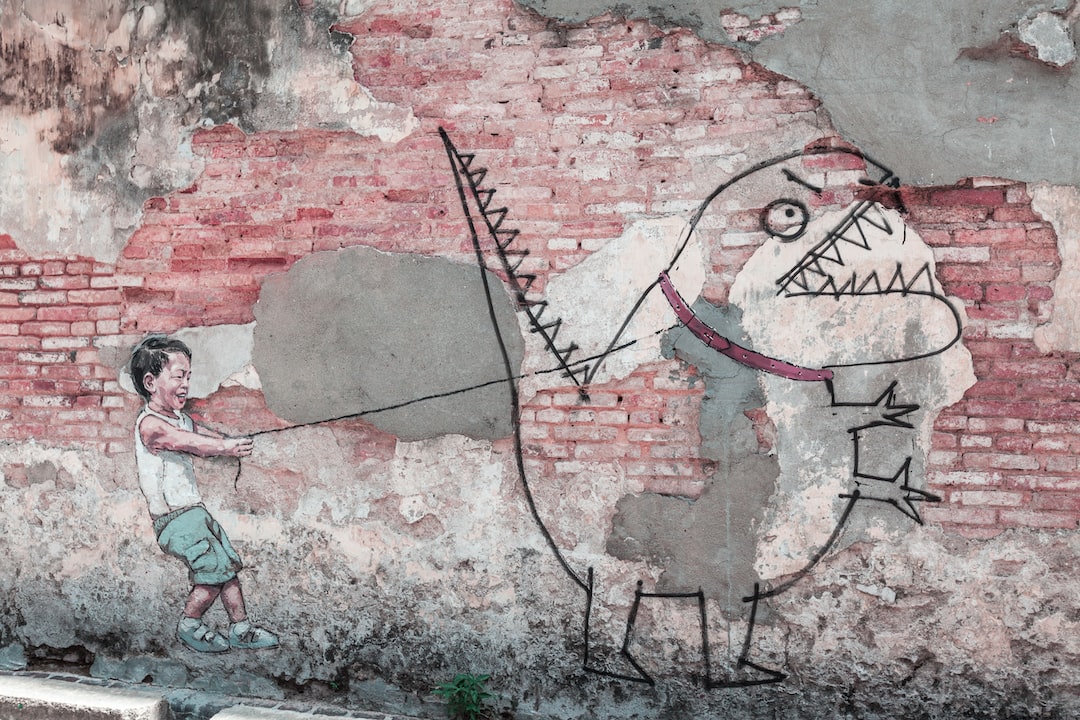In today’s technological age, the art world has undergone a significant transformation. Traditional art forms are now being merged with digital mediums to create stunning masterpieces that push the boundaries of creativity. Digital art, often referred to as new media art or computer art, has gained immense popularity in recent years and continues to captivate audiences around the world. As we delve into the world of digital art and explore its future, we witness the emergence of a new era of artistic expression and innovation.
Digital art can be created using various digital tools and software applications. Artists now have the freedom to experiment with different techniques, combining elements from different art forms such as photography, painting, and graphic design. This amalgamation of traditional and contemporary art forms gives rise to unique and visually captivating pieces that would not have been possible without the use of digital technology.
One of the main advantages of digital art is its accessibility. Unlike traditional art forms that often require physical materials, digital art can be created and shared using only a computer and relevant software. This accessibility has allowed artists from diverse backgrounds and skill levels to enter the world of digital art, resulting in a rich and diverse artistic community. Online platforms and social media have made it easier than ever for digital artists to showcase their work and connect with fellow enthusiasts, further nurturing the growth of this art form.
Moreover, the future of digital art holds great promise. As technology continues to advance, so does the potential for innovation within the digital art world. Virtual reality (VR) and augmented reality (AR) are two technologies that are already making waves in the digital art scene. Artists can now create immersive experiences for viewers, transporting them into fantastical worlds where they can interact with the artwork itself. This blurring of the lines between reality and the virtual realm opens up endless possibilities for storytelling and creative expression.
The rise of digital art has sparked debates surrounding the value and authenticity of digital artworks. Some argue that traditional art holds a certain realness and tactile quality that digital art will never be able to replicate. However, others argue that the digital art medium has its own unique qualities that make it just as valid and valuable as traditional art. Ultimately, the appreciation and acceptance of digital art as a legitimate art form lies in the eye of the beholder.
As digital art continues to gain recognition and appreciation, it is also being integrated into various industries. Companies are now hiring digital artists to create compelling visuals for marketing campaigns, video games, and even films. This integration of digital art into mainstream industries not only reinforces the relevance and importance of this art form but also presents exciting career opportunities for aspiring digital artists.
In conclusion, the world of digital art is a fascinating and ever-evolving realm that pushes the boundaries of artistic expression. With its accessibility, innovation potential, and integration into various industries, the future of digital art looks bright. As we continue delving into this world, we can expect to witness even more remarkable creations that challenge our perceptions of art and redefine what it means to be an artist. So, let us embrace this new era of art and celebrate the endless possibilities that digital technology brings to the creative sphere.

